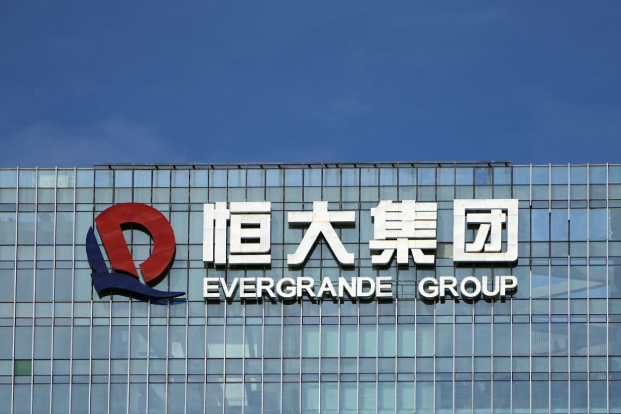Shares of China Evergrande Group tumbled on Thursday, as investors in the debt-laden developer were sceptical of the company’s thinly detailed plan to have a preliminary restructuring proposal in place in six months.
Late on Wednesday, Evergrande’s executives told creditors in a call it hoped to work with them to achieve a risk management solution, and it would treat all categories of creditors “fairly and follow international practice”.
The company also urged creditors not to take any “aggressive” legal action.
But some bondholders were disappointed by the 25-minute call, which included prepared answers to questions, saying it failed to give any insight on Evergrande’s plans.
Evergrande’s Hong Kong-listed shares dropped as much as 9.6% to HK$1.60 (20 US cents), the lowest in nearly two weeks, before paring some losses late in the morning.
The developer missed some dollar bond payments last month, sparking calls for talks, and nearly $20 billion of its international bonds are now deemed to be in default.
Struggling to Repay
Once China’s top property builder, Evergrande has racked up debts of more than $300 billion and is struggling to repay creditors, suppliers and investors in wealth management products.
That compared with a 1.7% drop in the benchmark Hang Seng Index and a 2.5% decline in the Hang Seng Mainland Properties Index.
The long-awaited communication with creditors comes against the backdrop of Beijing tightening control over Evergrande, while taking measures to stabilise China’s crisis-hit property sector.
Fitch Ratings has a “deteriorating” sector outlook for China property developers. “The operating environment for Chinese developers will remain challenging in 2022,” Adrian Cheng, Fitch’s co-head of China property, said.
“A meaningful recovery in the operating and funding environment will emerge only towards the second half.”
- Reuters, with additional editing by George Russell
READ MORE:
Evergrande Shares Jump on News China Official Will Join Board
Evergrande Wins Payment Extension As Rivals Face Default
























